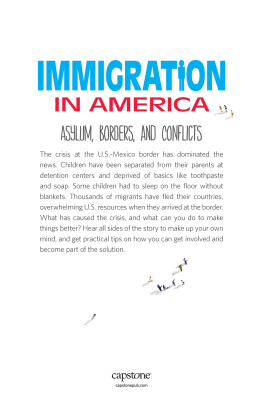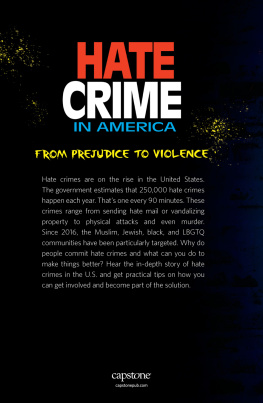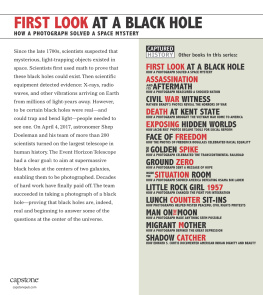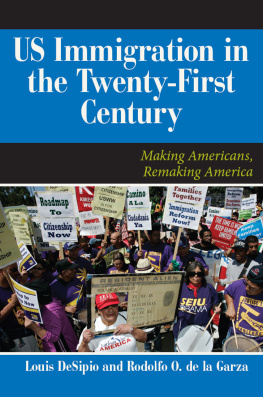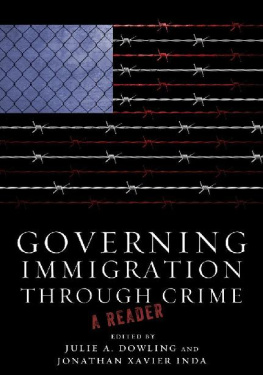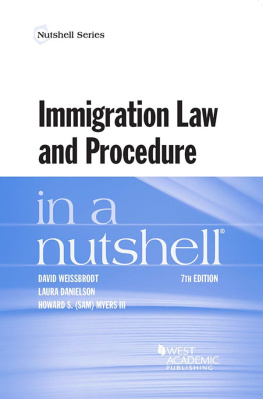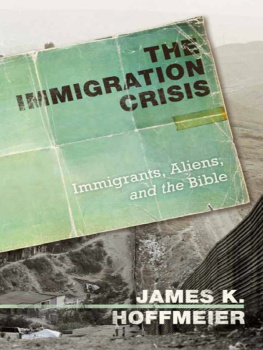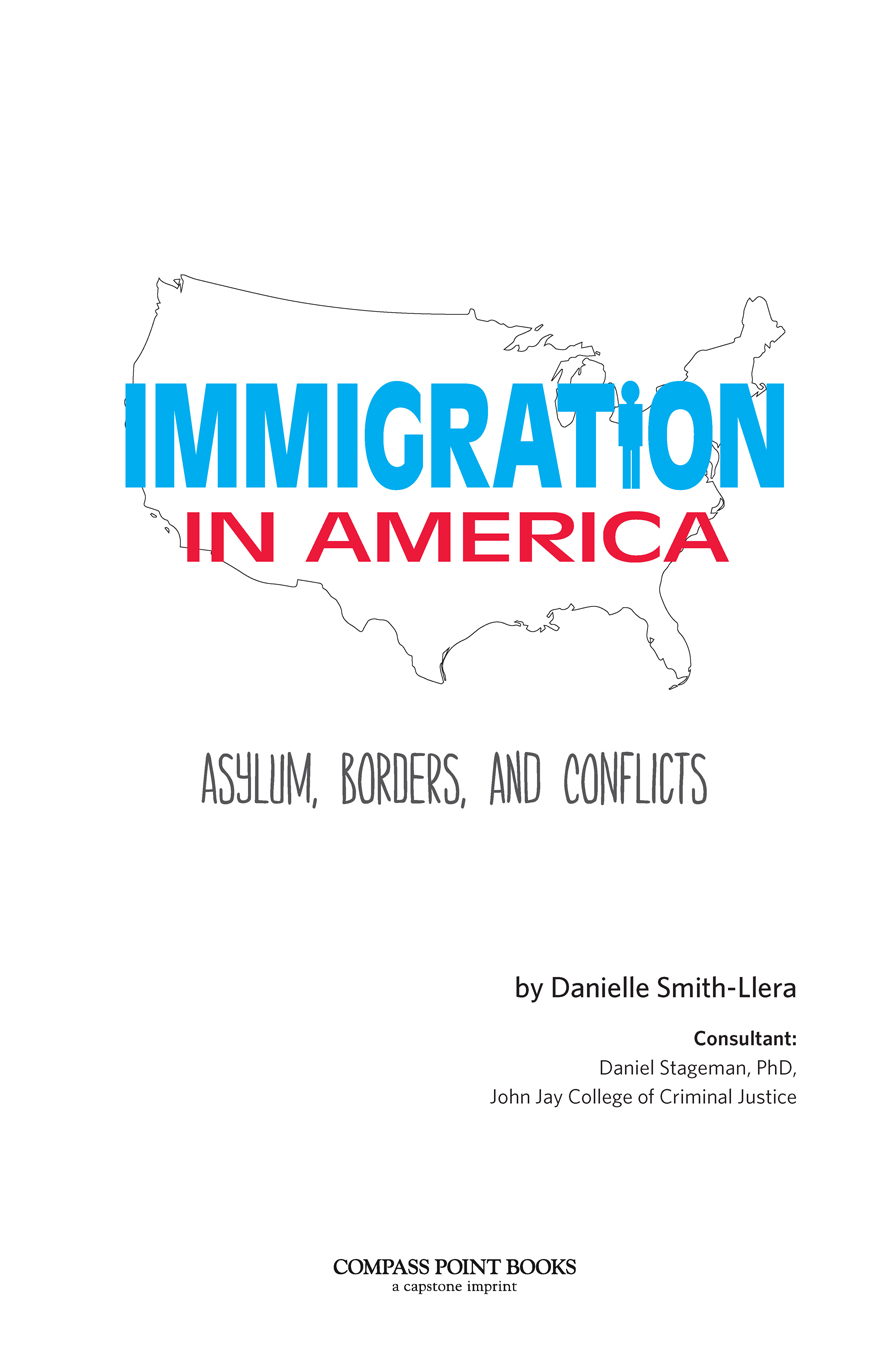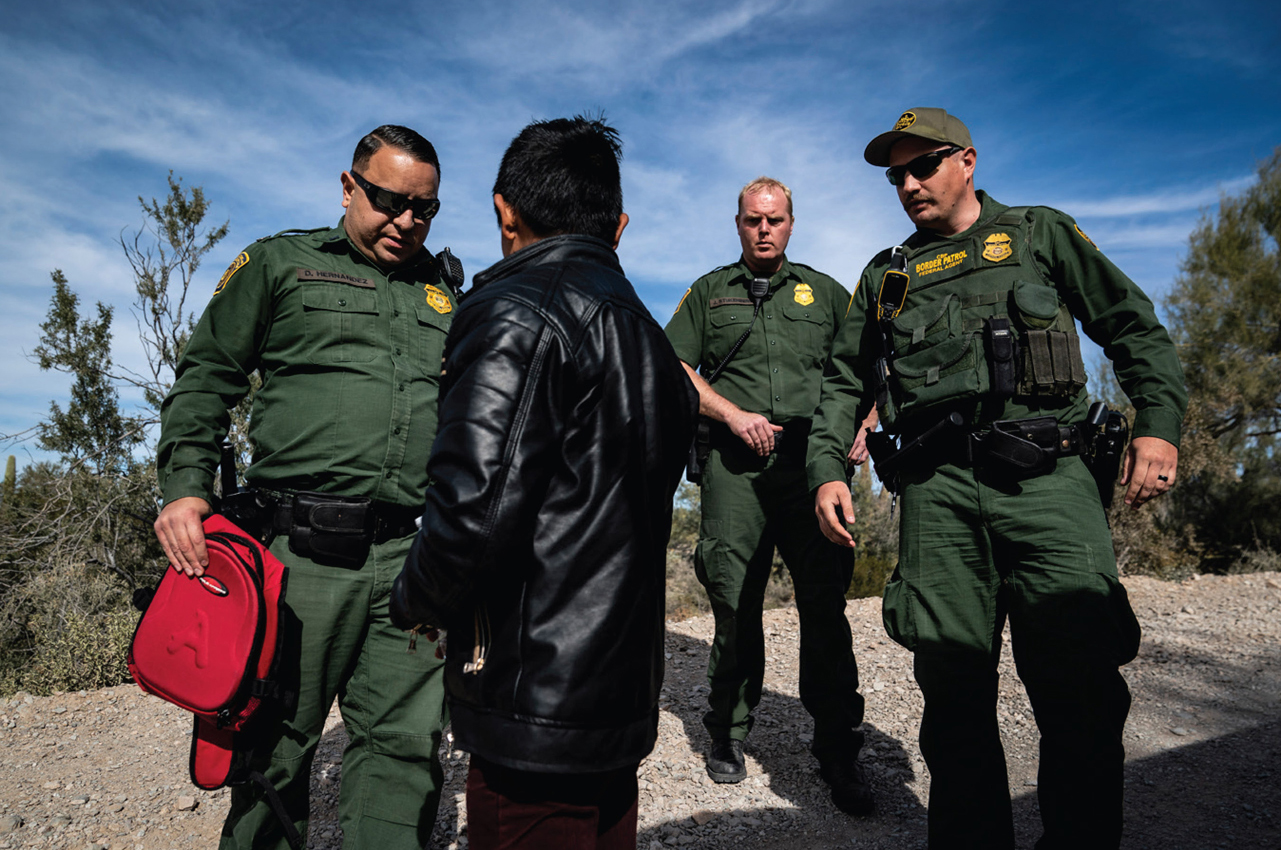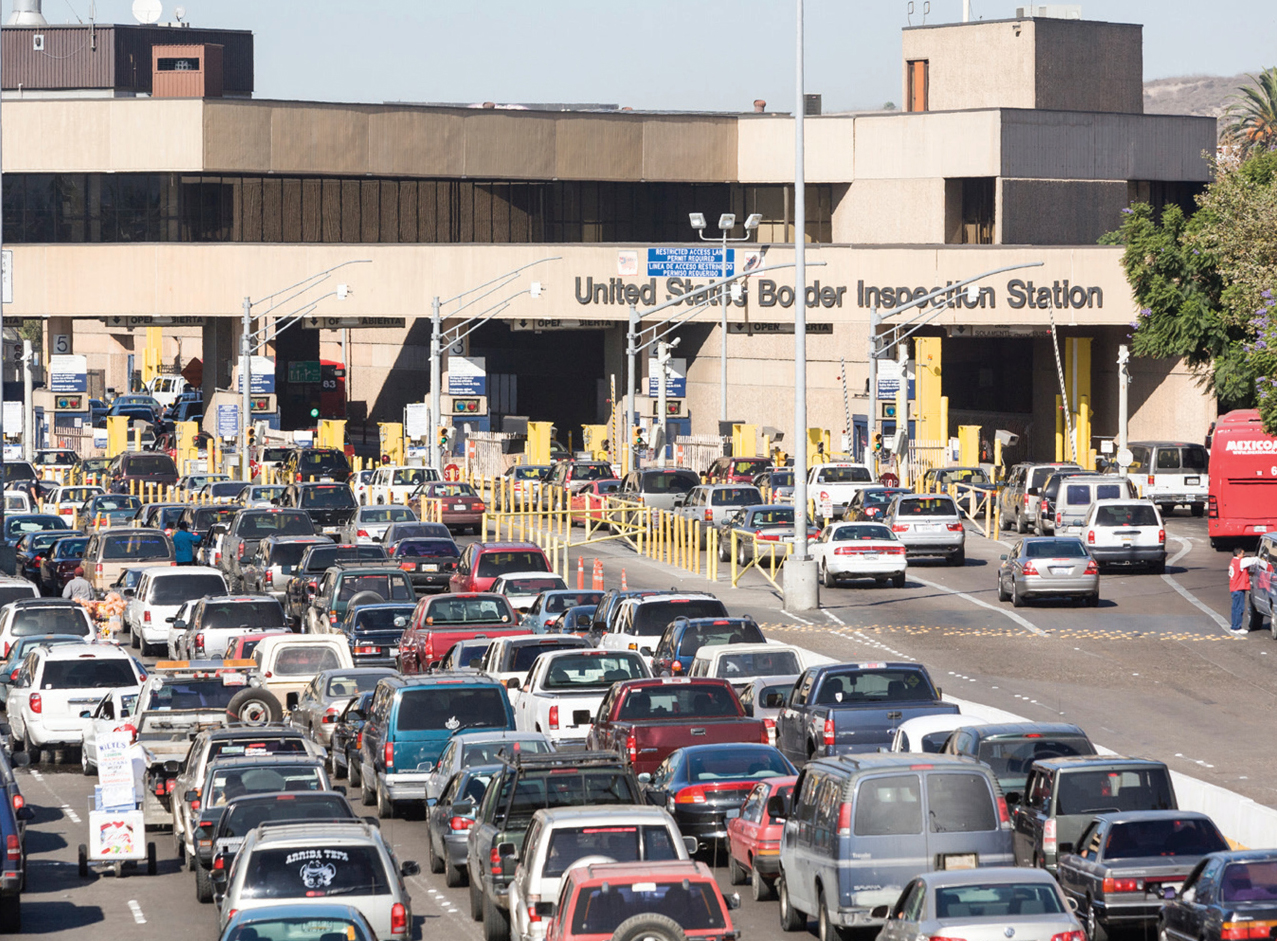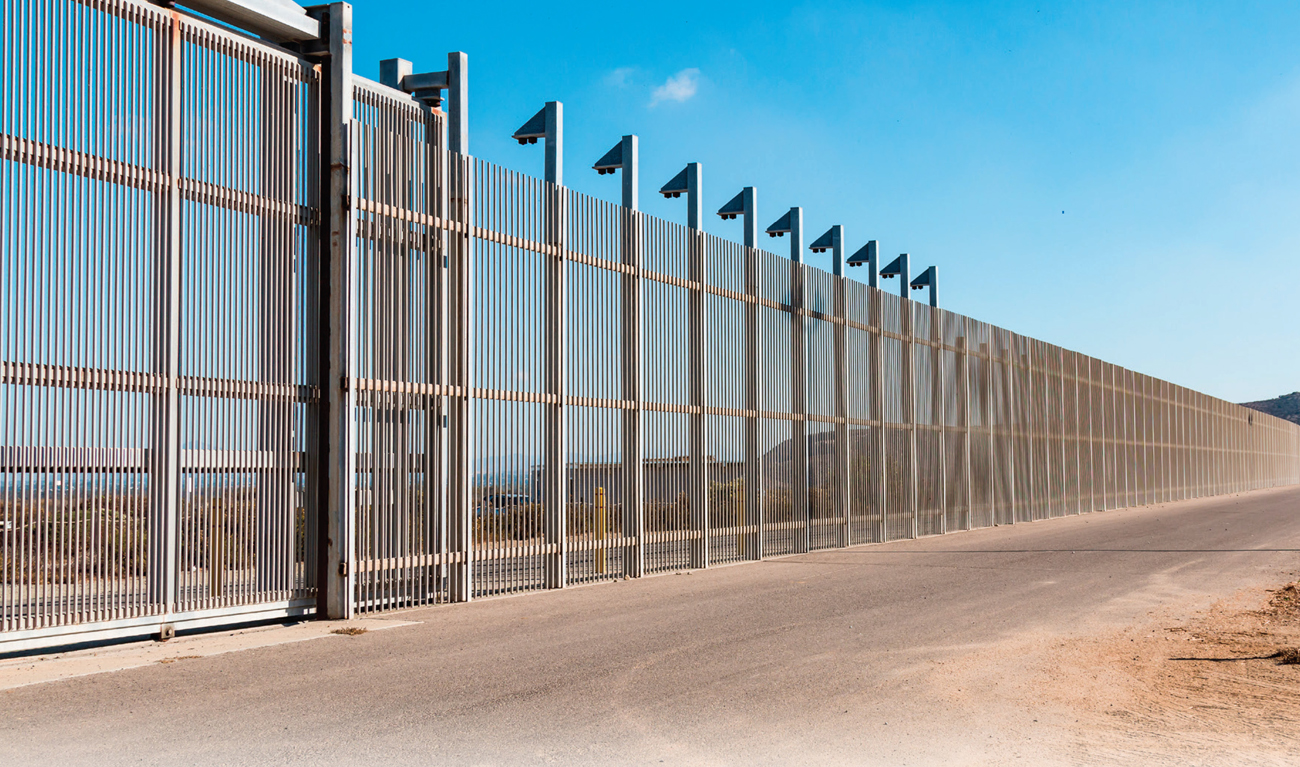Cactus plants rise out of the dry earth of the southern Arizona desert. Summer temperatures can reach 125 degrees Fahrenheit (52 degrees Celsius). Winter temperatures can drop below freezing at night. Customs and Border Protection (CBP) officers found 14-year-old Marco there alone in January 2019. They asked if he was thirsty, hungry, or afraid. The boy told them he had traveled by car and bus more than 2,000 miles (3,219 kilometers) from his home country of Guatemala. He hoped to live in Kentucky where his brother had settled. But he did not have permission to cross the border onto U.S. soil.
The southern border the U.S. shares with Mexico is 1,900 miles (3,058 km) long. The 4,000-mile (6,437 km) northern border with Canada is the longest barrier between countries in the world. Fences can mark these borders. Bodies of water such as the Rio Grande or the Great Lakes can too. Sometimes only a sign identifies the border. But often nothing marks the line between two nations in southern deserts and northern forests.
Marco (in black jacket) is one of many teenagers who have fled their troubled home countries. As have immigrants in times past, these teens hope to find a better life in the U.S.
Dangerous terrain frightens people attempting to cross without documents. But customs officers can be frightening too. They wear bulletproof vests and carry weapons. They patrol the borders on horseback, jet skis, in off-road vehicles, helicopters, and planes. They follow peoples tracks through snow, mud, and sand. They learn to speak Spanish to find out peoples stories and how they arrived at the U.S. border.
FACT
Undocumented have been called illegal immigrants or simply illegals. The word illegal is often considered offensive, as the word can describe actions, but not human beings. Human beings are neither legal nor illegal.
Easy Crossing
The largest border crossing in the U.S. is located near San Diego, California. It is also one of the busiest in the world. Almost 95,000 people cross into the U.S. from Mexico at the San Ysidro port of entry every day. They travel by caror by footalong a wide pedestrian walkway built by the U.S. government. Everyone must show CBP officers important documents. They must prove they have permission to enter the U.S. by land, air, or sea. CBP officers admit more than 1 million visitors through about 300 ports of entry every day.
People sometimes wait for hours to cross the border from Mexico into California.
Anyone crossing the border must have a terrorism.
Crossing the border the U.S. shares with Mexico can be perilous. There are often border patrol agents waiting to arrest people without documentation.
A passport also proves a persons CBP does not allow them to freely enter the country. CPB turned away close to 125,000 people from the southwest border during a year-long period ending in 2018.
However, most people living in the U.S. without permission entered with visas. They become undocumented immigrants as soon as they stay past the date printed on their visa. About two thirds of undocumented immigrants have overstayed their visas, experts estimate.
Risky Paths
Migrants without visas cannot cross official checkpoints. They find other ways to cross. The children were swept away and drowned.
Unfortunately, this fate is common. In 2018, CBP officers responded to 4,300 emergencies along the southern border. They are not always able to rescue migrants from drowning, heat stroke, and dehydration. CBP reported that more than 7,500 migrants had died along the southwestern border from 2008 to 2018. Humanitarian groups estimate that number is actually much higher.
Crossing the northern border might seem less challenging. Canadian government officials have granted along the U.S.-Canada border nearly doubled in one year from 2017 to 2018.
People travel from their countries by various methods. This group of Central American immigrants attempted to cross the Rio Bravo from Mexico to get to the U.S. Border agents rescued them in the middle of the river.
Migrants need help to cross dangerous and unfamiliar terrain. They often turn to human deaths.
Migrants are often smuggled across the border in trucks. Mexican customs officials sometimes use dogs to check vehicles that cross the border.
FACT
CBP officers inspect more than 67,000 cargo containers every day with the help of handheld X-ray scanners and drug-sniffing dogs. More than $3 trillion in legal goods pass across borders each year. Every day, CBP halts almost 6 tons of illegal drugs from entering the U.S. They have been found in unexpected places, such as inside a trucks spare tires and under a load of cucumbers.
Crossing Over
Some migrants manage to cross the border despite surveillance towers, buried motion sensors, and infrared cameras. Once on U.S. soil, they are undocumented immigrants. Most undocumented immigrants travel to major urban areas such as New York, Los Angeles, Houston, and DallasFort Worth. There they reunite with family members already living in the U.S. Many find jobs and soon the U.S. feels like home. But living in the U.S. without permission can be frightening.
On Her Own
asylum seekers that year.
Urbina-Contreras gave TV interviews and visited lawmakers in Washington, D.C., to explain the dangers she and others faced in Central America. Finally, in 2018, a judge in Chicago found that Urbina- Contrerass story proved she was part of a group targeted by violence in her home country: young, poor women. Outside the
Undocumented immigrants may live far from CBP officers patrolling borders. But another law . By law, they usually have a chance to explain to a judge why they should stay in the U.S.
Despite physical barriers, thousands of migrants find ways to cross into the United States each year.
Eyes on the Border
Even people who live far from U.S. borders care about immigration. Events at the borders grab headlines and spark fierce debate. They also help determine who wins elections. Some feel the government should restrict the flow of immigrants. They worry about border security and the 10 million or so undocumented immigrants living in the U.S. Others are concerned about the well-being of migrants who risk their lives to escape harsh conditions in their countries. They worry about how these immigrants are treated when they reach the U.S.

